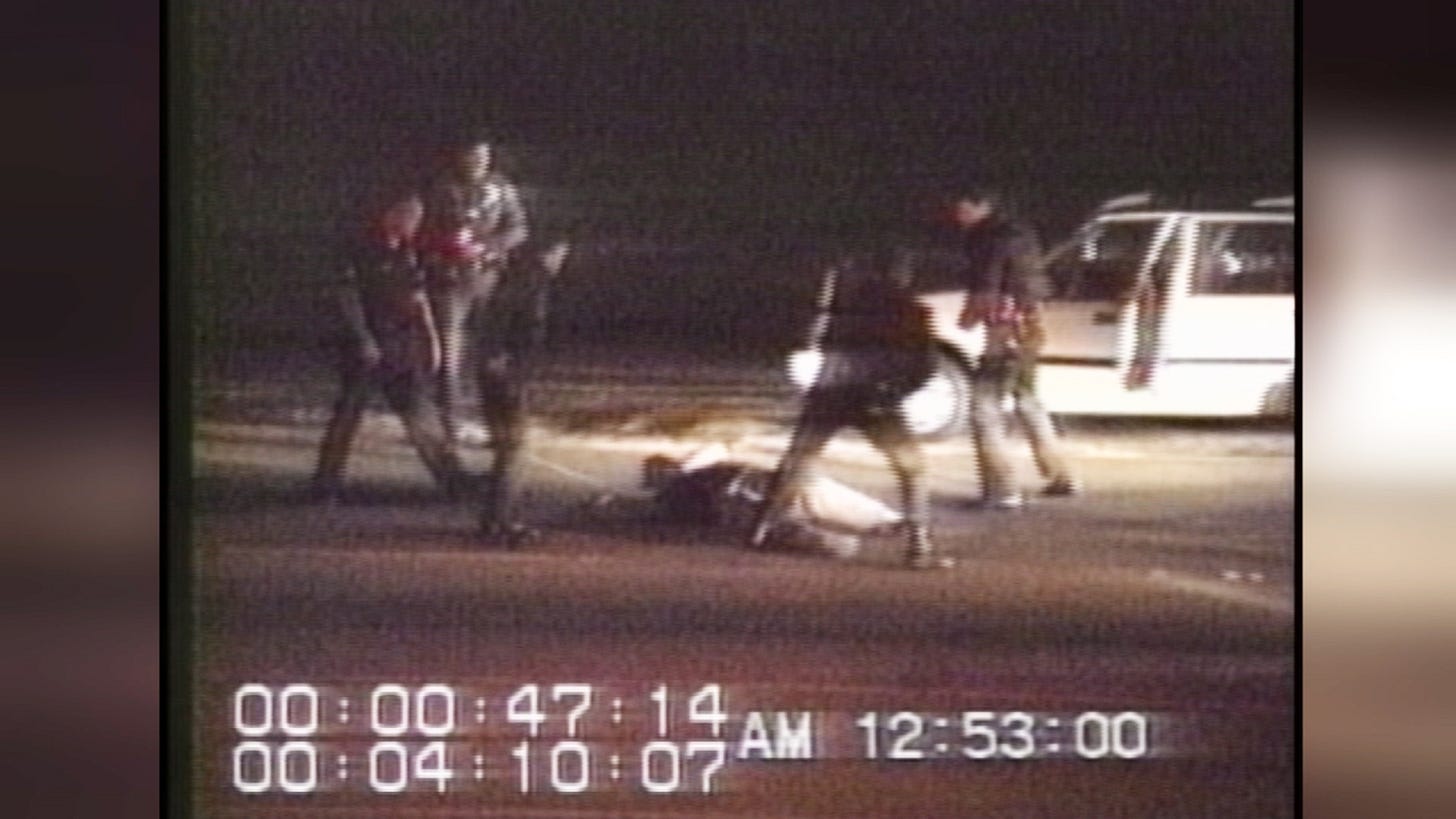Police killings and Inequality
30 years after Rodney King, police kill a Black person every 40 hours in America, and police are the 6th leading cause of death for young Black men.
Police beat Rodney King to within an inch of his life on the side of the road in 1991. King was unarmed, but police broke his leg, smashed his face, and burned his body with a taser. George Holliday filmed the entire event from a nearby balcony. When all four officers were acquitted, Los Angeles broke into the 1992 riots that lasted six days and killed 63 people, with 2,383 more injured. The riots only ended after the California Army National Guard, the Army, and Marine Corps provided reinforcements to re-establish control in the city.
Exactly 30 years after the LA riots, we look at data on continued police violence in America.
Black people are killed every 40 hours by police.
Police are the 6th leading cause of death for young Black men in America.
📍Location is a huge predictor of how likely police killings are to occur. Black Chicagoans, for example, are 650% more likely to be killed by police than white Chicagoans.

+7,500 shot and killed in the last 7 years
In the previous 7 years, police have shot and killed 7,500 people in America, 1 in 10 of whom were unarmed or carrying a non-harmful object. This doesn’t even include the thousands of people that police have killed in chokeholds, with tasers, with beatings, and in custody - data that is much harder to gather.
🚨 Data on police violence shows that you’re about two to three times more likely to face deadly force if you’re Black than if you’re White. 🚨
Keep reading with a 7-day free trial
Subscribe to American Inequality to keep reading this post and get 7 days of free access to the full post archives.





